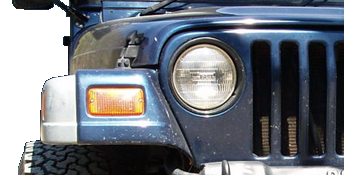DRaider90
Uwharrie Off-Road Volunteering
- Joined
- Oct 23, 2007
- Location
- Weddington, NC
I have been wondering which effects the rolling resistance of a tire more? The width? Or the circumference (aka Height)? Or do they have an equal effect? I have read up on this and found a few debates on some sports car forums, but nothing concrete.
Reason I am asking is I am looking to move up to a 1.6" Narrower Tire, but 1.8" larger in height. And I will also mention the larger but narrower tires are only 5 pounds heavier. Because my hopes in all this is that the tires being 1.6" Narrower will almost cancel out the effects of them being 1.8" bigger in height. This won't be true though if say height effects rolling resistance more than width.
Any thoughts on this? And to those saying approx 2" isn't that big of a deal in tire size, yes it is when you are running a carb'd 2.6 four banger. Especially when you are all ready running 34"s on it, when it came with 28"s stock. And no funds are not currently available to upgrade the engine. But yes I will be moving up from 4.62s to 4.88s to help with the increase from 34"s to 36"s essentially.
(And for those wondering we are comparing 33.7x12.4-15 TSLs to 35.5x10.8 TSLs)
Reason I am asking is I am looking to move up to a 1.6" Narrower Tire, but 1.8" larger in height. And I will also mention the larger but narrower tires are only 5 pounds heavier. Because my hopes in all this is that the tires being 1.6" Narrower will almost cancel out the effects of them being 1.8" bigger in height. This won't be true though if say height effects rolling resistance more than width.
Any thoughts on this? And to those saying approx 2" isn't that big of a deal in tire size, yes it is when you are running a carb'd 2.6 four banger. Especially when you are all ready running 34"s on it, when it came with 28"s stock. And no funds are not currently available to upgrade the engine. But yes I will be moving up from 4.62s to 4.88s to help with the increase from 34"s to 36"s essentially.
(And for those wondering we are comparing 33.7x12.4-15 TSLs to 35.5x10.8 TSLs)

